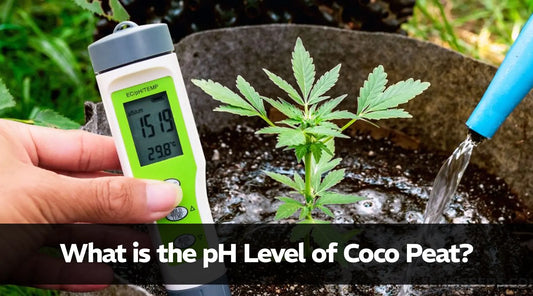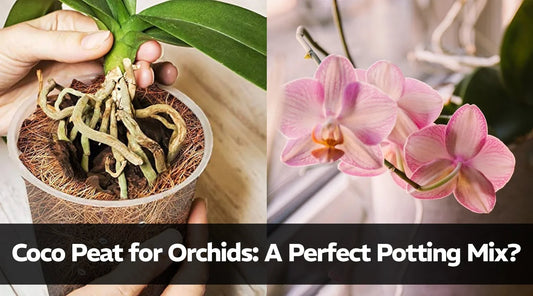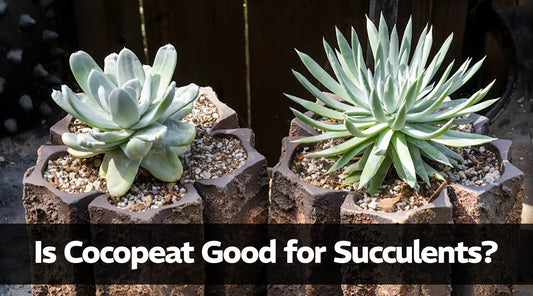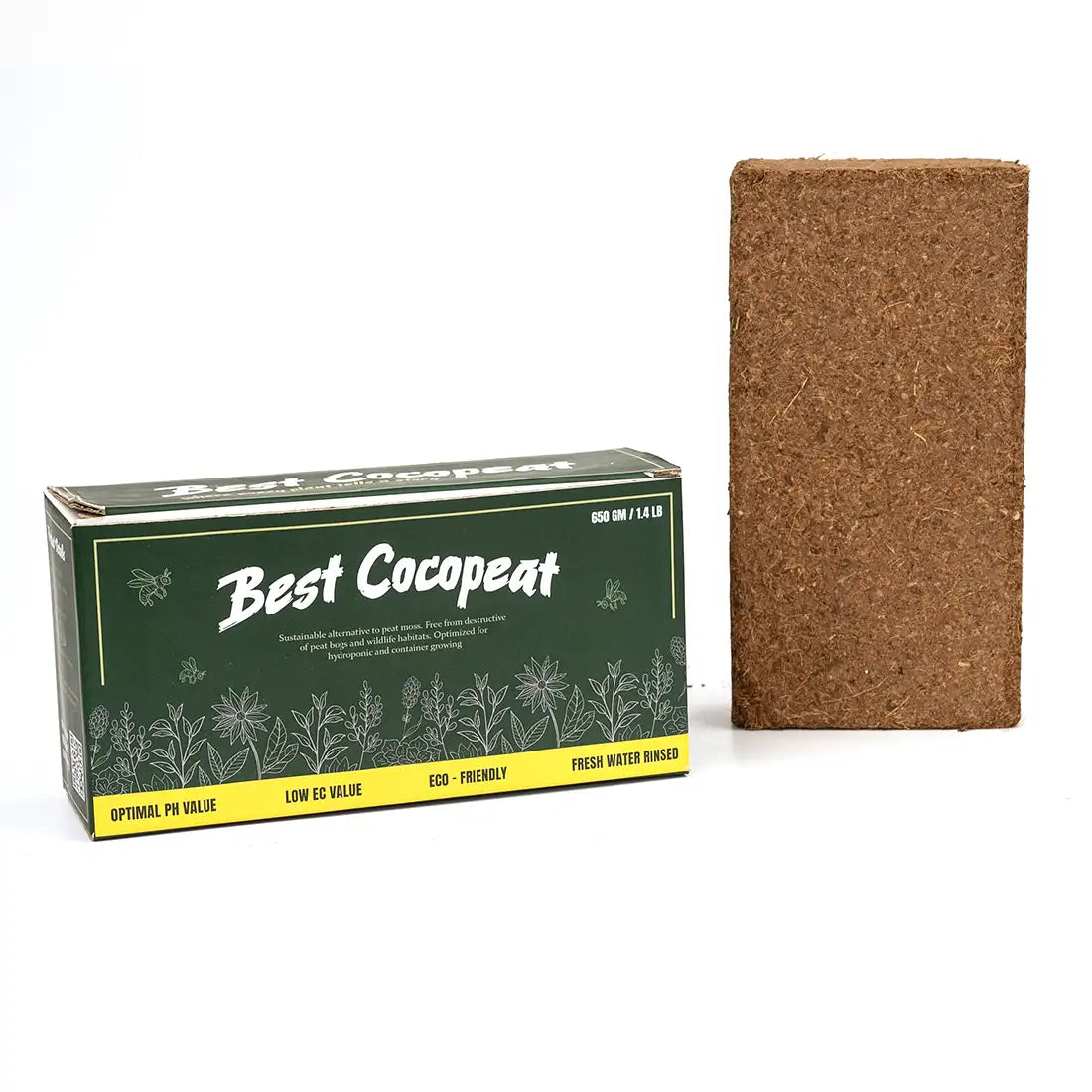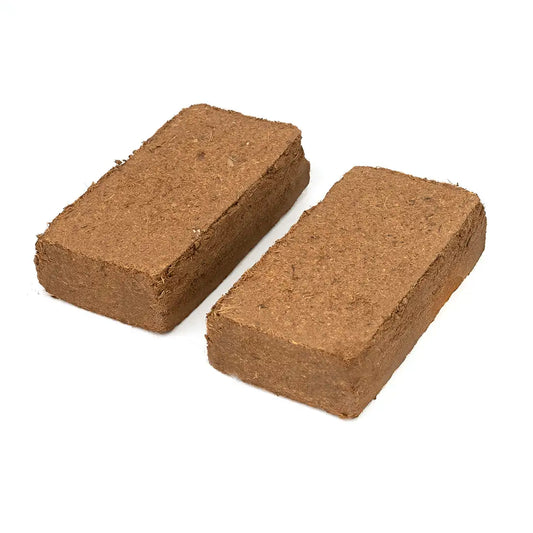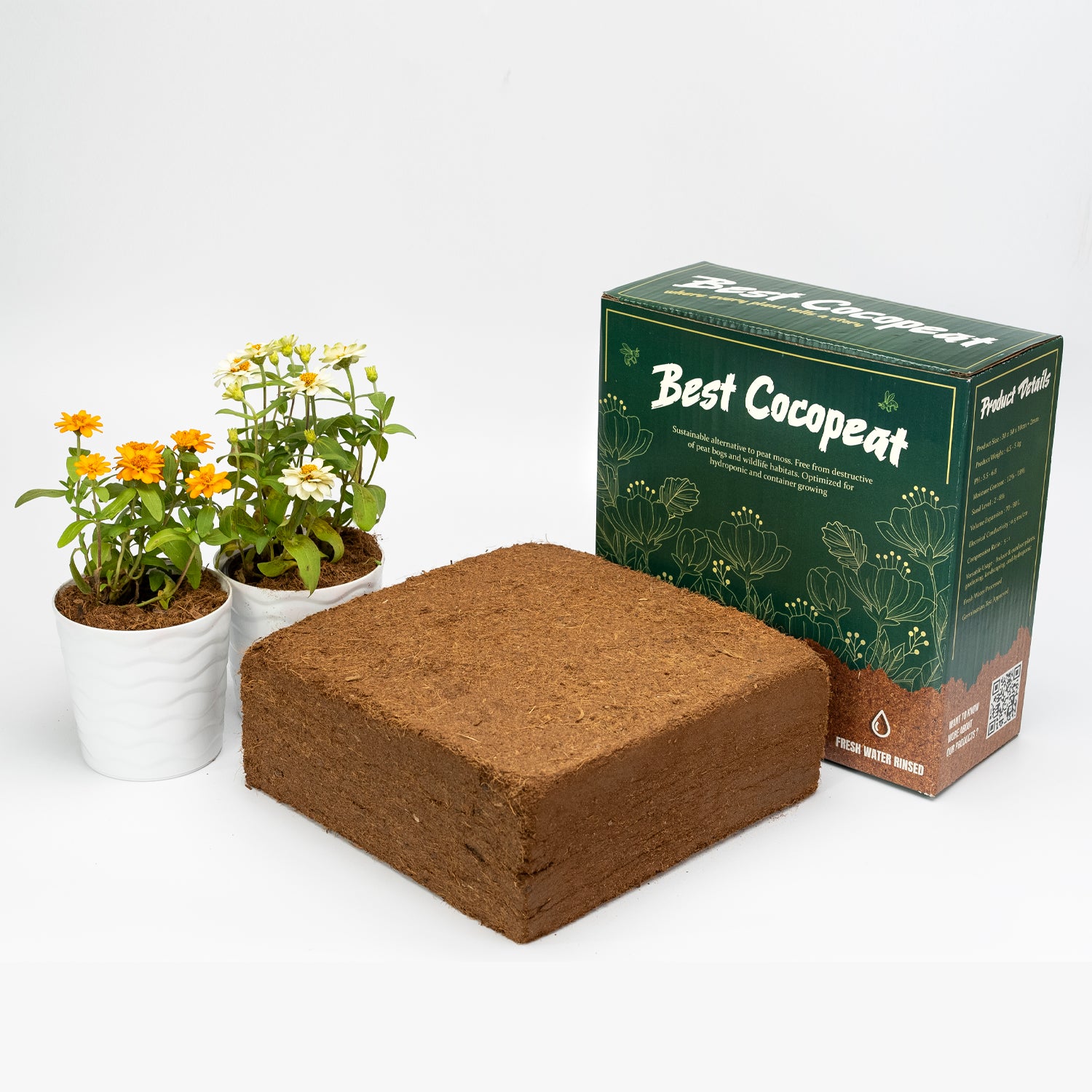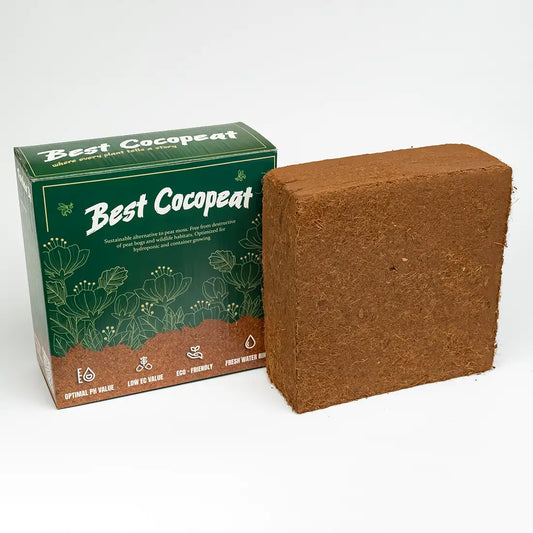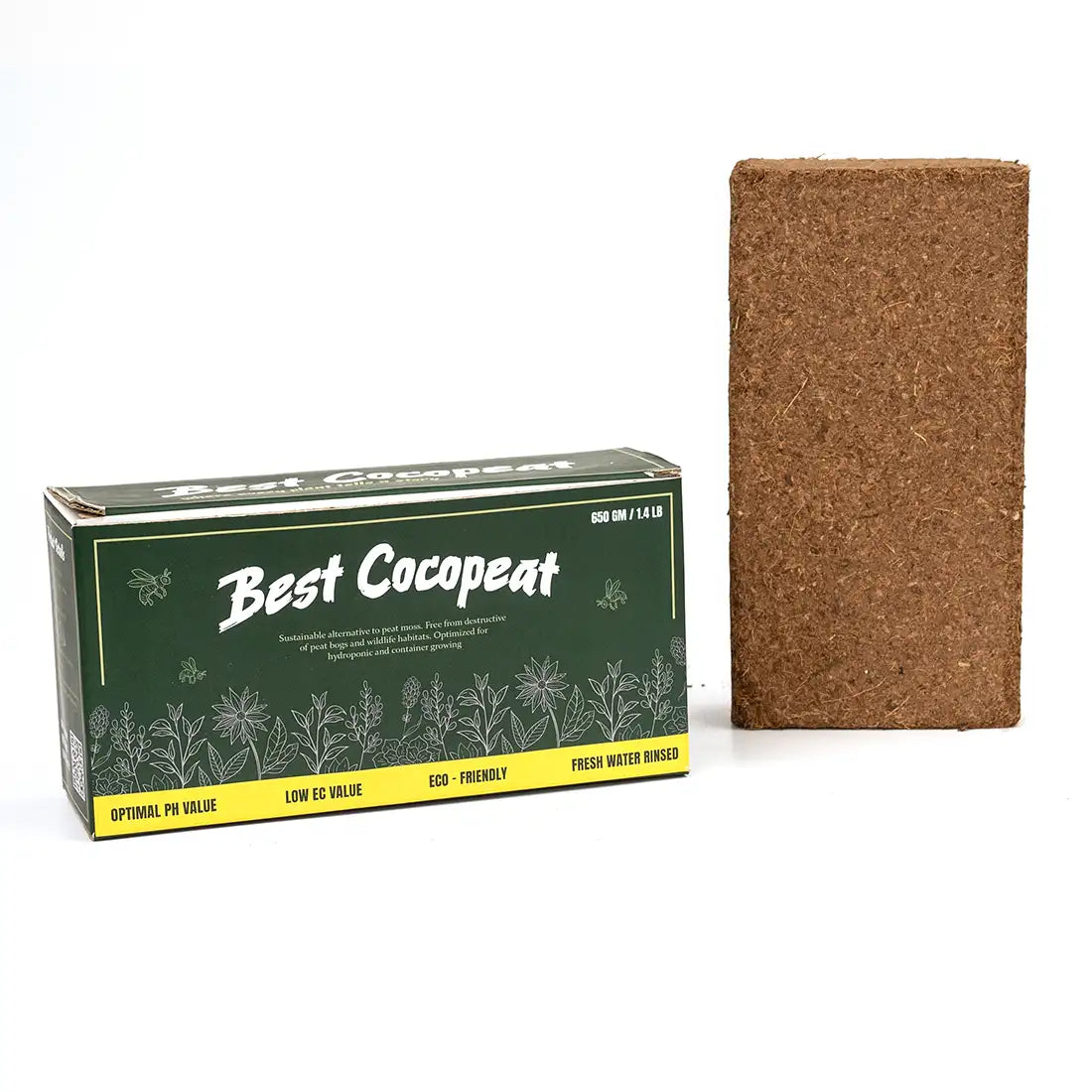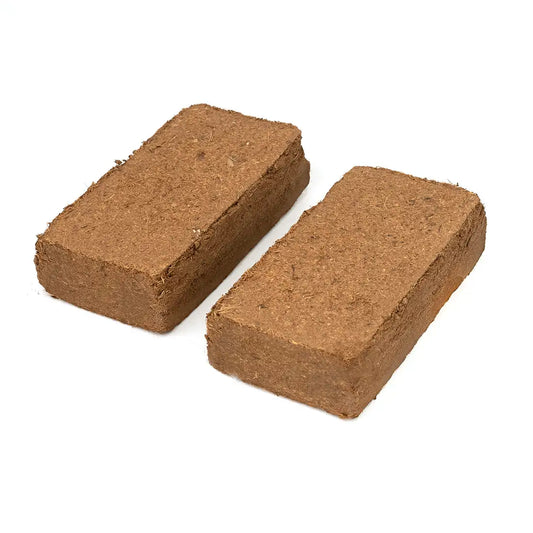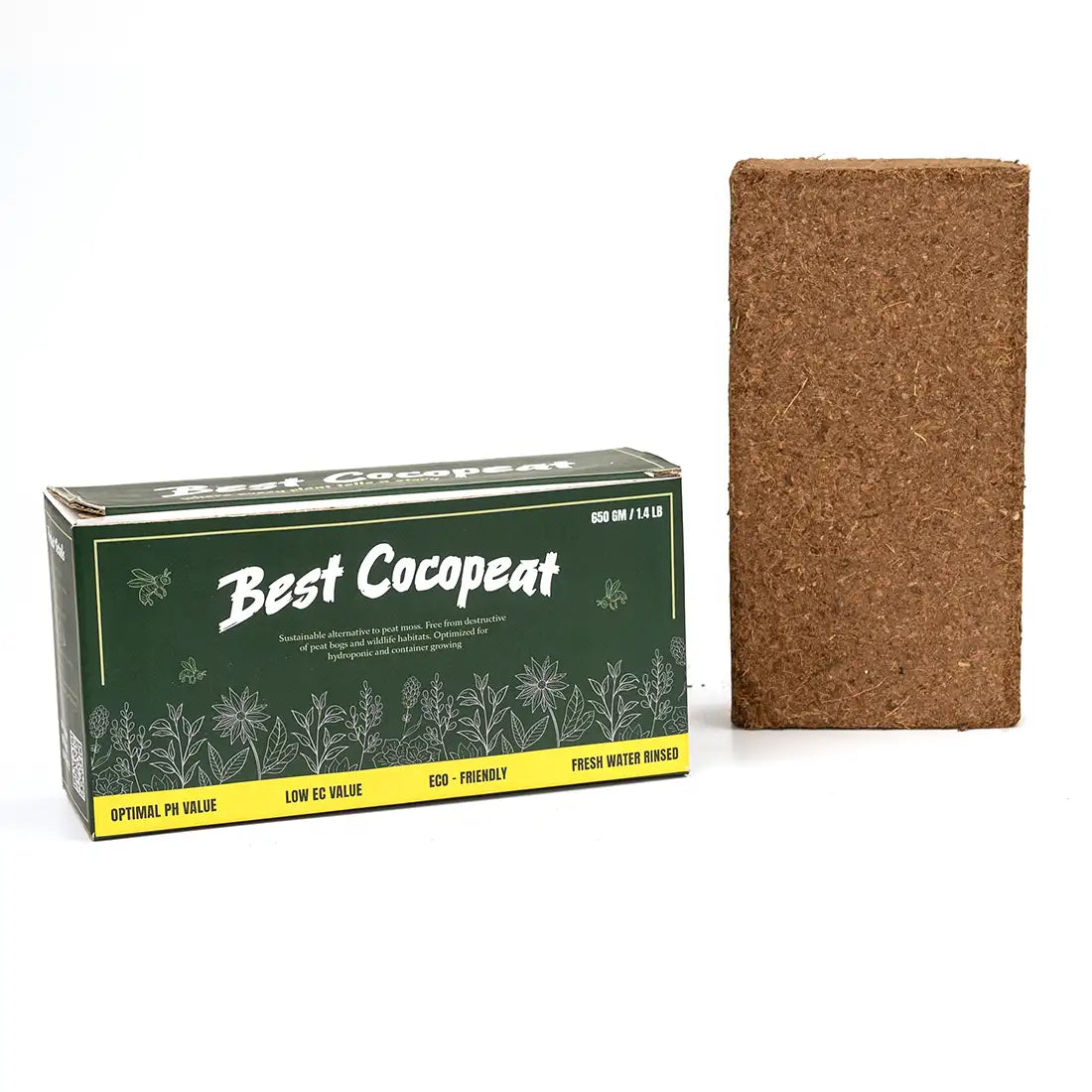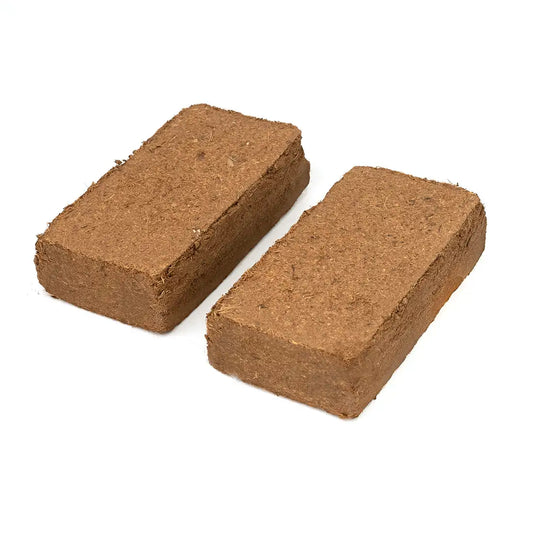Cocopeat is an innovative growing medium for several kinds of crops, especially in Cucumber Farming that has gained popularity recently with both business owners and casual gardeners. Among these, the cultivation of cucumber stands out as one of the most profitable and satisfying when produced in cocopeat. With its high water retention, aeration, and sustainability, cocopeat has proven to be an effective remedy to typical soil-related obstacles. But is it truly the greatest soil for cucumber farming? Let's review why coco coir peat can be the best soil for cucumbers.
Why Choose Cocopeat for cucumber farming?
Cocopeat, commonly referred to as cocopeat soil, is an organic byproduct of coconut husks. It has three features that are important for effective vegetable farming: it is lightweight, porous, and absorbs moisture well. Cocopeat offers the perfect environment for cucumber plants, which require a lot of water and air circulation for optimal growth.
1. Improved Water drainage and Storage
Keeping the proper level of moisture is one of the most difficult parts of cultivation of cucumber. Cucumber plants are water-loving but can't tolerate waterlogging. Cocopeat succeeds at retaining moisture without getting soggy in this circumstance. Because of its unique texture, the plant's roots remain hydrated and excess water is readily drained away, lowering the possibility of root rot.
By implementing cocopeat soil, farmers and gardeners can better control over watering, especially in container farming or greenhouse scenarios. Cucumber harvests rise as a result of healthier plants.
2. The Best Soil Structure for the Development of Roots
A promising well-structured growing medium is necessary for cucumber seeds and seedlings to develop as best they can. Because cocopeat provides excellent air circulation, roots can easily grow and breathe. This promotes active root development in young cucumber plants and quicker hatching of cucumber seeds.
Cocopeat keeps an airy appearance that promotes healthy root systems, which is necessary for strong vines and productive cucumber harvests, compared to conventional gardening soil, which can eventually become compacted.
3. pH Neutral and Free of bacteria
Cocopeat is perfect for most plants, including cucumbers, because it is generally pH-neutral, usually ranging between 5.5 and 6.5. The plants will have easy access to nutrients thanks to this pH level, which is neutral and promotes stable growth from seedling to maturity.
Additionally, cocopeat free from harmful pathogens. This is particularly relevant in the initial stages of cucumber seed development, when success rates can be significantly affected by disease resistance.
4. Sustainable and Eco-Friendly Farming
Deciding to cultivate cucumbers with coco coir peat also means being environmentally responsible. Unlike peat moss, which comes from carbon-rich bogs, cocopeat is a sustainable resource made from coconut trash. Reusable and biodegradable, it reduces depending on non-renewable soil alterations.
In addition to improving the health of your cucumber plants, using cocopeat promotes environmentally friendly agricultural methods.
How to Grow Cucumbers in Cocopeat
Step 1: Get the Cocopeat Ready
Blocks of compressed cocopeat should first be soaked in water. They will spread out into a light and fluffy light growing medium in 20 to 30 minutes. To make a nutrient-rich foundation, mix the expanded cocopeat with compost or organic fertilizer.
Step 2: How to Plant Cucumber Seeds
Put cucumber seeds straight into the cocopeat mix, maintaining them about 1 inch deep. Your seeds should sprout in five to ten days if you keep them steadily moist. Cocopeat’s texture gives the seeds an ideal environment for sprouting.
Step 3:Providing Nutrition and Comfort
Make sure the cucumber plants have enough support from above once they start to grow. These structures work effectively to keep vines off the surface of the earth. Due to the absence of natural nutrients, cocopeat requires regular treatment with compost tea or liquid organic fertilisers in order to sustain healthy development.
Step 4: Observation and Maintenance
Make sure your plants get six to eight hours of sunlight each day. Make sure the cocopeat is constantly moist but not soggy. In only a few weeks, your cucumber plants will start to bloom and produce tasty, crisp cucumbers if you give them the proper care.
Is Cocopeat the Best Soil for Cucumbers?
Cocopeat consistently shows as a leading candidate for the best soil for cucumbers. It is perfect for cultivating cucumbers because of its sustainable nature, root-friendly form, and water management qualities, especially in controlled settings like greenhouses, containers, and hydroponic systems.
Growing cucumbers in cocopeat gives larger harvests, healthier plants, and a more sustainable method of food production, regardless of whether you're a professional farmer or a hobby gardener.
Use the best cocopeat products to get started cultivating cucumbers today, and enjoy the rewards of cleaner, healthier, and more fruitful farming—all thanks to the power of coconut!

